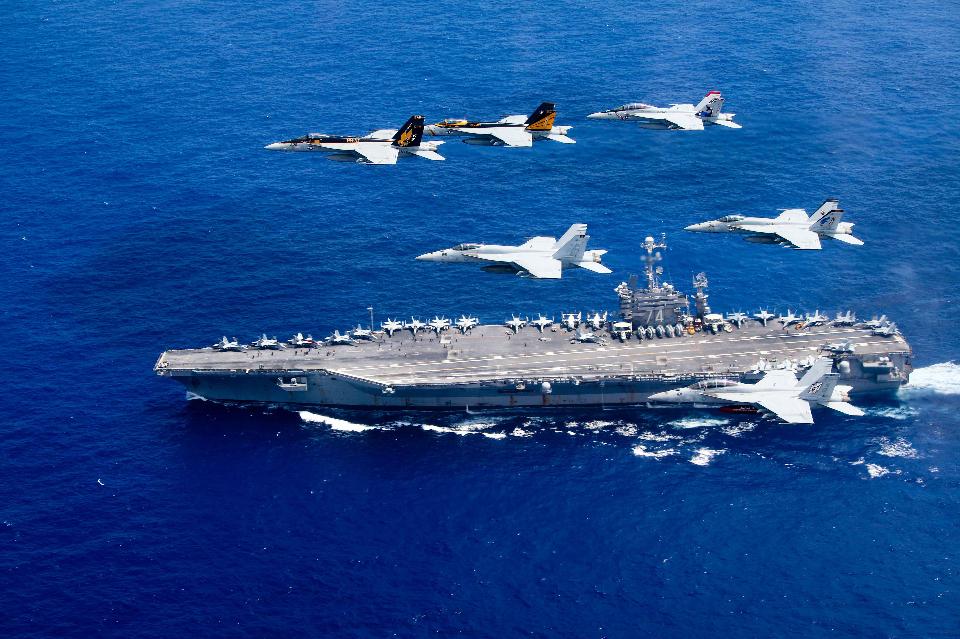Intensifying conflict over South China Sea
May 26, 2017 | Expert Insights

Situations in the South China Sea have seemed to worsen as the US warship, USS Dewey sailed closer to an artificial island build by China. The “manoeuvring drill” conducted by US was seen by China as a violation of its sovereignty and security interests.
Renewal of conflict
Rich in oil and gas reserves, with one third of the world’s shipping passing through it, South China Sea thus becomes an area of great strategic importance.
Relations between China and the ASEAN countries regarding the territorial claims had showed marked relaxations during the 30th ASEAN meet. Chairman, Philippine President Rodrigo Duterte had made no direct mention of China’s aggressive attempts at constructing artificial military islands.
Despite objection from member nations which viewed this as an act of lobbying by the Philippines towards China, US had then taken a neutral stand. Diplomats had viewed this as an attempt by the US to gain China’s support given the conflict in the Korean peninsula and North Korea’s nuclear programme.
Changing policies
The policy of appeasement by the Trump administration saw a reversal on Wednesday with the sailing of the American warship just 12 nautical miles away from Mischief reef.
Since President Trump assumed office, the administration had turned down several requests by the military to conduct patrols in the waterway to check China’s rapid militarisation of the islands. Heated international relations had pushed the conflict over the waterbody to the side-lines.
The mission has been defended by the US as a part of its freedom of navigation operations (FONOPS) which enables it to challenge excessive claims on water bodies as well as airspace.
Assessment
The militarisation of South China Sea has caused much alarm with dire global consequences. Both China and the US have been accused on various instances of the same, notwithstanding the UN Convention on Law of the Sea.
China’s plan in the waterbody if successful would give it economic and military advantages, leading to regional dominance. This intervention by the US has come as a “checks and balances” move. However, it also tests the administration’s manipulation of foreign policy since it now has to contain China’s growing power along with its support as an ally.
This might be a revival of the promises made by Trumps administration to curb China’s ambitious plans and protect its lucrative trade route. Coming just days before a meet between the military and defence officials in Asia in Singapore, the US is now trying to reiterate its policy of freedom of navigation among the Asian countries.
Philippine President, Rodrigo Duterte however has refused to be a “pawn” in the conflict between China and US. Though Duterte has been accused of adopting a lenient attitude in exchange for favourable fishing waters for the Filipinos, conditions have soured in recent times.
With China warning Philippines of a possible war if it continues to press for the enforcement of international law, the move by the US might tilt the situation against China.








Comments